What is an Invasive species?
An invasive species is a non-native species that can cause harm to the environment, public health, or the economy. Invasive species can cause a loss of biodiversity and habitat. It is important to be informed of what invasive species are, and how to prevent their spread. Look out for some of these invasive species that can be found around Broome County.
Hemlock Woolly Adelgid
Hemlock Woolly Adelgid (HWA) is native to parts of Asia. The Adelgid uses its mouthparts to extract sap and nutrients from native Hemlock trees. The Hemlocks needles drop early when invested with HWA, and it leads to the eventual death of the tree. HWA is identifiable by small white wooly masses underneath the base of the needles and is only treatable through chemical pesticides once a tree is infected.
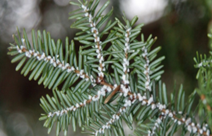
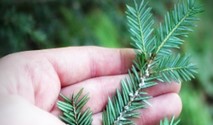
Emerald Ash Borer
Emerald Ash Borer (EAB) is an East Asian beetle that effectively infests, and kills native Ash trees. EAB has been a major problem since it was introduced, killing hundreds of millions of Ash trees throughout North America. Avoid carrying firewood to new areas, buy it where you burn it! Moving firewood long distances can unknowingly spread the EAB and introduce it to new places.

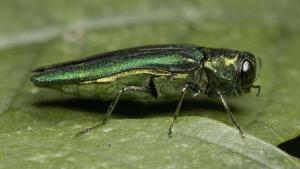
Wild Parsnip
Wild Parsnip, originally from Europe, is an invasive species that can cause severe skin burns when touched and then exposed to sunlight. Wild parsnips are often miss identified, they look similar and can cause similar burns to native parsnips. It can be identified by its yellow flowers and leaf shape.
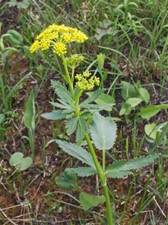
Japanese Knotweed
Knotweed grows and spreads quickly, outcompeting native plants and disrupting the native ecosystem. Japanese Knotweed is known to grow pretty much anywhere and can cause damage to properties. Knotweed is so hard to remove because cutting it down will stimulate more growth from the roots, so you must dig up the whole thing.
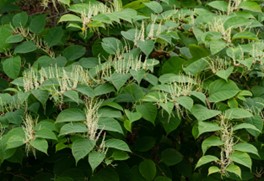
Hydrilla
This invasive species is originally from Southern Asia, it spread throughout the United States on boats and water equipment. Hydrilla can suffocate a body of water by blocking sunlight and removing oxygen from the surrounding water. It also can affect boating and other recreational activities. When leaving a body of water always remove visible mud and plants, as well as remove any water from your equipment to help prevent the spread of Hydrilla and other aquatic species.
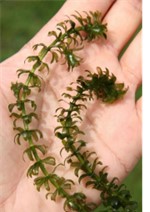
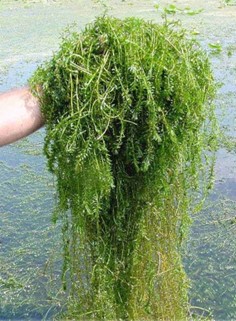
Tree of Heaven
The Tree of Heaven is easily recognizable from the smell that mainly comes from its flowers. It is harmful because it grows quickly and releases a chemical in the soil that is toxic to plants around it. It can disrupt an ecosystem once introduced.
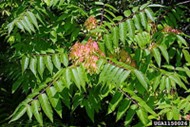
Endangered Species
Bald Eagle
Bald Eagles, while being classified by New York as a threatened species, are no strangers to Broome County. Multiple bald eagles around the parks can sometimes be found fishing along the Susquehanna River.
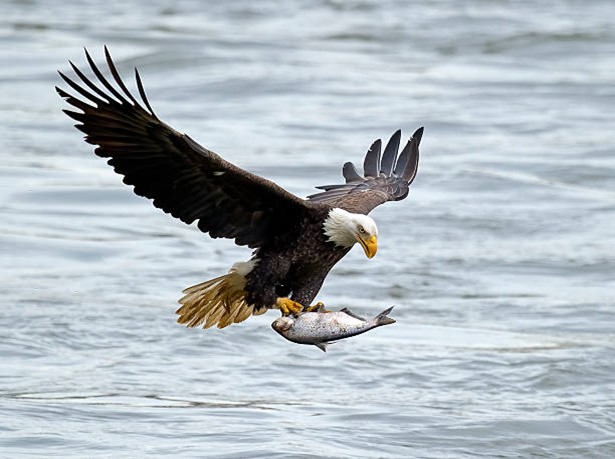
Dragonflies
The Arrowhead and Tiger Spiketails, are species of dragonflies native to the East Coast of the US. They are known to be found on Hawkins Pond and are currently listed as vulnerable and critically imperiled in New York.
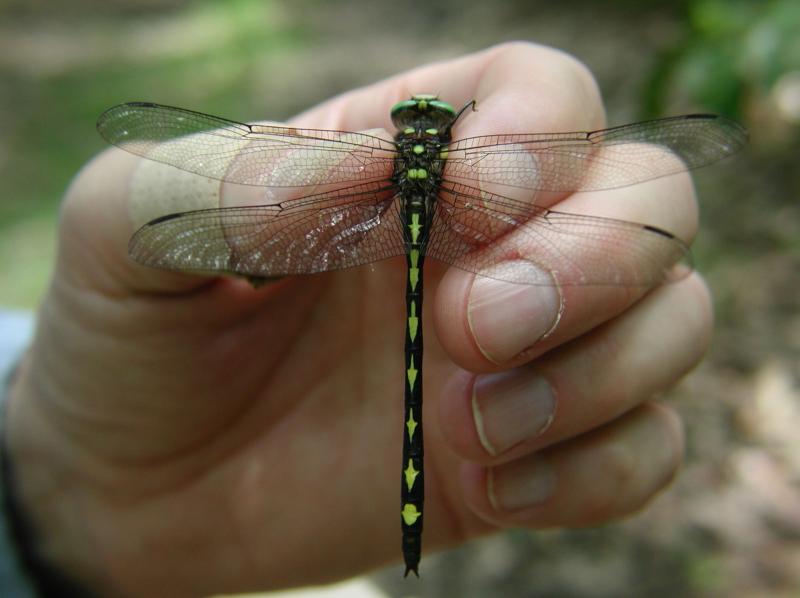
Eastern Hellbender
The Eastern Hellbender is native to large rivers on the east coast. Only 2 river drainages in New York contain hellbenders, the Susquehanna River being one of them. Broome County occupies the Northernmost territory inhabited by hellbenders. They hold a special concern status in New York and are listed as endangered throughout many other states. They are the largest aquatic salamanders in North America, reaching up to 30 inches in length and living up to 30 years of age.
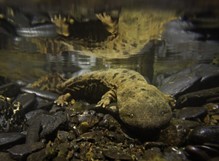
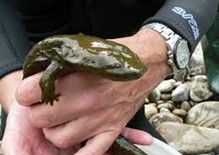
For more information
DEC NYS invasive species - connected link (https://www.dec.ny.gov/animals/265.html)
https://imapinvasives.natureserve.org/
What can I do to help?
- Verify that the plants you are buying for your yard or garden are not invasive. Replace invasive plants in your garden with non-invasive alternatives. Ask your local nursery staff for help in identifying invasive plants!
- When boating, clean your boat thoroughly before transporting it to a different body of water.
- Clean your boots before you hike in a new area to get rid of hitchhiking weed seeds and pathogens.
- Don’t “pack a pest” when traveling. Fruits and vegetables, plants, insects, and animals can carry pests or become invasive themselves. Don't move firewood (it can harbor forest pests), clean your bags and boots after each hike, and throw out food before you travel from place to place.
- Don’t release aquarium fish and plants, live bait, or other exotic animals into the wild. If you plan to own an exotic pet, do your research and plan ahead to make sure you can commit to looking after it.
- Volunteer at your local park, refuge, or other wildlife area to help remove invasive species. Help educate others about the threat. You can even volunteer with Finger Lakes Prism- connected link -(https://fingerlakesinvasives.org/invasive-survey/) a Broome County partner.
